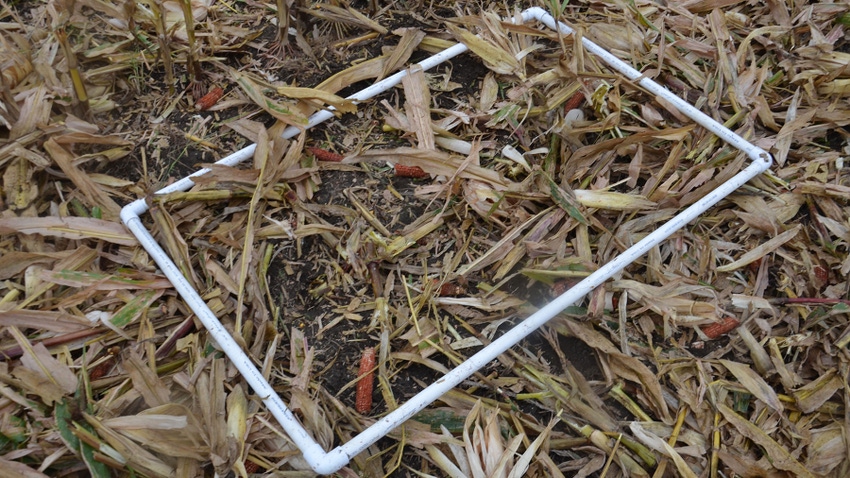September 7, 2023

One landowner was upset last fall because he saw corn sprouting after we shelled. How can we do a better job this year?
The Indiana certified crop advisers panel answering this question includes Steve Gauck, regional agronomy manager for Beck’s, Greensburg; Bryan Overstreet, Conservation Cropping Systems Initiative agronomist, Valparaiso; Dan Quinn, Purdue Extension corn specialist; and Dan Ritter, central region agronomist, Dairyland Seed.
Gauck: Be sure your corn head is well maintained, and it is easy to adjust deck plates. Adjusting the corn head and combine will help the most in limiting corn that shells at the head or comes out the back. Keeping plants healthy limits down corn and dropped ears. Fungicide applications at R1 helps. Buying dryer gas will help also. Harvesting corn before it gets below 18% to 20% will help keep kernels attached to cobs.
Overstreet: If you’re picking 200-bushel corn, even at a low 1% loss, you’re losing 2 bushels an acre. Make sure stripper plates are the proper width for conditions and hybrids. Check the speed of gathering chains. Within the combine, make sure concaves, rotors, fan speeds and sieves are at proper settings.
Create a 2-by-5-foot frame to check loss. Two kernels per square foot equal approximately 1 bushel. Check in front of the combine for preharvest loss, and measure behind the head but before the back of the combine to check head loss. Finally, check behind the combine for total loss.
Quinn: Preventing corn sprouting in the field following harvest is a function of monitoring and preventing harvest losses. Most harvest losses start with the corn header, so make sure deck plate settings, stalk roll and gathering chain speeds are properly set. Also, set rotor, concave, sieve and the cleaning fan to the proper settings.
Monitor header, separator and threshing losses by counting kernels lost in the field during harvest and assessing cob breakage out the back. Minimizing losses will help reduce potential yield losses and potential for volunteer corn sprouting.
Ritter: Maybe you’re not doing anything wrong. Perhaps it’s just a numbers and appearance game. Information from an August 2021 Indiana Prairie Farmer article cited the University of Georgia for acceptable crop harvest losses at 2% to 4% across all crops. That article also reported recent, local Purdue University data indicating losses less than 1% are attainable. Other information leans toward a flat 1-bushel-per-acre loss.
One bushel can be 80,000 to 100,000 seeds per acre. We plant 32,500 seeds per acre. At that “acceptable” level of loss, it’s going to look green in the fall. Now, let’s say we use a percentage of 240 bushels per acre. Again, using the same Indiana Prairie Farmer article, 0.4% was the best harvest loss achieved, which calculates to just under 1 bushel per acre. If you bump that yield to 275 bushels per acre, the field gets greener after harvest, but you are still under 1% yield loss.
Once we get past the drive-by analysis, calculate actual yield loss. If losses are beyond the level previously mentioned, take steps to reduce them. Preharvest loss comes from ear droppage or lodging. Header loss relates to butt shelling. Thresher loss is likely a function of fan and cylinder settings.
You May Also Like




